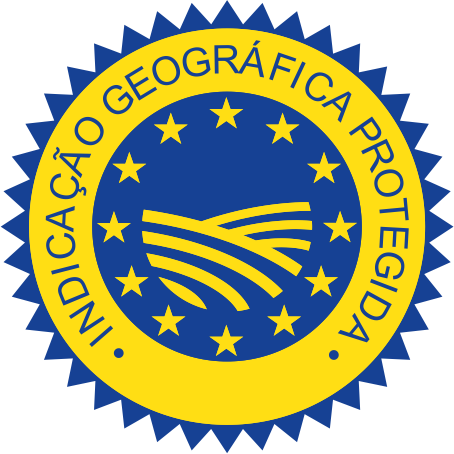CITRINOS DO ALGARVE
There’s no Algarve without Oranges
History
From tropical and subtropical areas of Asia to the world, citrus fruits are now one of the most eaten and produced fruits on the five continents. And it’s very much thanks to the Portuguese.
At the beginning of the 16th century, when maritime routes to India, China and Japan were established, the first sweet oranges reached Portugal from Goa, at the hand of D. João de Castro. The best varieties cultivated in China were introduced to Europe by the Portuguese, “e a isso se deveu a enorme expansão que a cultura da laranjeira depois conheceu” [and that gave rise to the huge expansion of orange farming that took place], J. Duarte Amaral wrote in “Os Citrinos” (Clássica Editora).
The Algarve was where they found their perfect setting to develop in colour, flavour and quality.
Sweet orange trees have been grown in the region since the 16th century and there are reports of exports to Spain, England, France and the Netherlands from that time.
In 1546, for example, there is a description of the cargo of a ship that sailed from Faro heading to Antwerp carrying fruits from the region, including oranges.
Today, some species are called “Portugal” in regions of the Eastern Mediterranean. “Portokal” in Turkey, “portokáli” in Greece and “portocáliu” in Romania. In Farsi (Persian) “portegal” is orange and in Arabic it is “bortugal” or “burtuqálum”.
In the Algarve, during the 18th century, Christmas trees were decorated with oranges. And nowadays, orange trees are a constant presence in squares, homes, hidden corners and gardens.
Origin
Bathed in sunshine and an unmistakable light, the Algarve is Portugal’s main citrus-producing region. Around 74% of the country’s production is located in this territory where oranges, tangerines, lemons, tangelos and grapefruit grow, among other varieties.
Throughout the world there is a huge variety of these fruits, but the existence of varieties of Portuguese origin such as the D. João orange, the Setubalense tangerine and Carvalhais tangelo prove that the Algarve is a territory with unique conditions for such production.
The region is the privileged birthplace of citrus fruits thanks to the climate, relief, temperature, soil, wind and air humidity, excellent conditions that nature offers, and which give rise to fruits with a distinct, unmistakable flavour.
Protected Geographical Indication, guarantee of origin

The seal regulated by the European Union guarantees the true origin of the product to consumers. Citrinos do Algarve IGP (Protected Geographical Indication) are produced in a specific geographical area and have characteristics that distinguish them from others: thin, brightly-coloured, shiny peel and a high juice content with a sweet, unmistakable flavour.
Production of Citrinos do Algarve IGP is limited to the municipalities of Albufeira, Castro Marim, Faro, Lagoa, Lagos, Monchique, Olhão, Portimão, S. Brás de Alportel, Silves, Vila Real de Santo António, Loulé (except the civil parish of Ameixial) and Tavira (except the civil parish of Cachopo).
LOCAL PRODUCTION IN THE EUROPEAN ARENA
The importance of Citrus Fruits for the region can also be seen in their economic and social value. AlgarOrange estimates that this production generates an annual turnover of 180 million euros. Production has been increasing every year, not only due to the growth in the cultivated area, but also to the sector’s average productivity.
Oranges are Portugal’s third most exported fruit (2019), and the main destination is the European market: it accounts for 90% of international sales. Spain, France and Poland are Algarve oranges’ main customers

